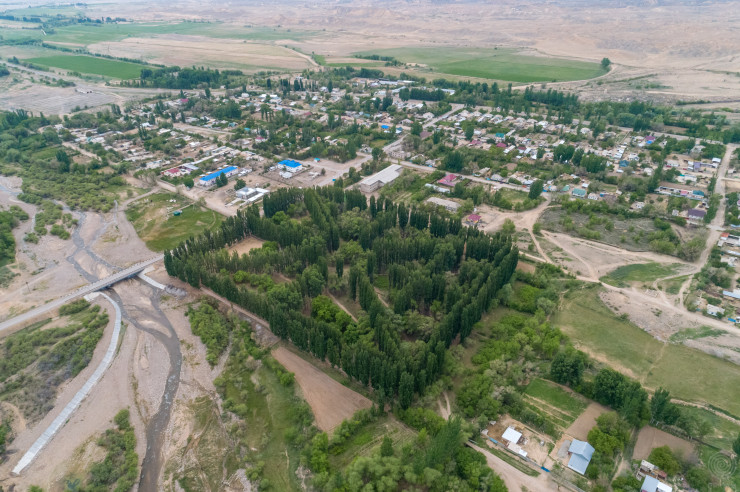Just a few hours by car from Almaty, within the Almaty region, you can find places of incredible beauty. At first glance, these may be natural masterpieces untouched by man, as well as structures created by the hands of modern or ancient man – cities or what remains of them.
And these miracles are not so difficult to find, especially if you look from the air. Pavel Fedorov, author of the Epicam project (@epicam.kz ), dedicated to high-class aerial photography of various beauties with the help of a drone, knows this firsthand. On his SUV, Pavel traveled, it would seem, all the places of interest of Semirechye, and took off each of them in a completely special way. As the photographer himself says, the potential of our region is simply huge.
“Quarantine and total isolation from the whole world actually gave a huge boost to the development of domestic tourism. I have been traveling by car in our region for a long time and still find new places for myself, because everything does not end with Charyn and Medeu, but only begins. This turned out to be Zharkent,” Pavel says.
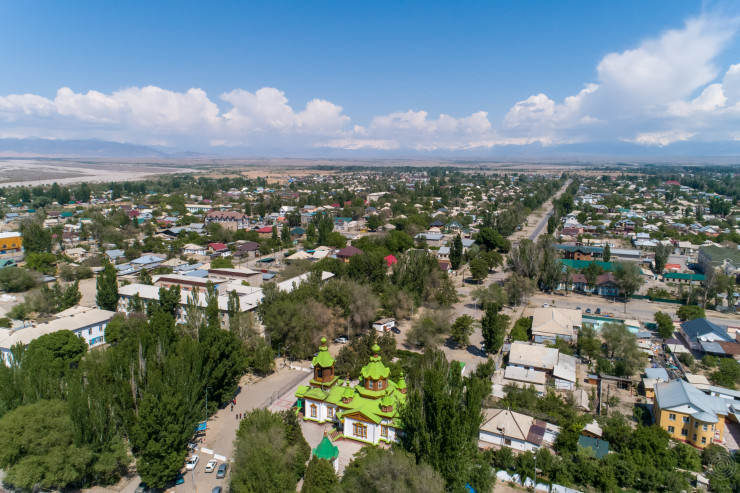
Zharkent, an ancient city, and now the district center of Panfilov district, is only three hours away on the relatively new Almaty-Khorgos highway. Its name, also very old, translates as “city on a cliff”, although the cliff itself has not been preserved to date. By the way, one of the proofs of the antiquity of Zharkent are the ruins of the fortress wall that surrounded the city in immemorial times. This place became a famous transshipment point back in the X century – the Great Silk Road passed through it from the east to Kazakhstan, fierce battles between Kazakhs and Dzungars were fought in the same area.
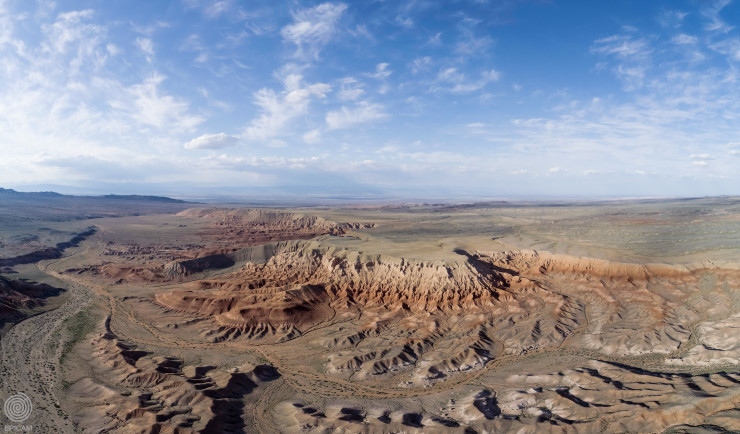
Today, the highway from Almaty to Khorgos, a kind of segment of the Silk Road, is part of the transport highway of the international project “Western China – Western Europe”. This is a first-category highway with a four-lane concrete pavement, with a total length of about 300 kilometers, passing by the Kokpek Pass.
“A new motorway opened Zharkent for the ordinary man in the street, which turned the previous six or seven hours of suffering behind the wheel on not the best surface into a three-hour drive through the most beautiful places in the south-east of our region. After all, now a smooth and safe road allows you to enjoy the endless beauties of our homeland, and not to wander along the road, avoiding pits. Life has become better! On the way to Zharkent, the motorway crosses the Ili River and several sand dunes several times, you can see the beauty of the Altyn-Emel Park from it – if you have a lot of time, you can stop there for a few days and see the famous Singing Dune and other attractions. And you can also spend time on a 20-kilometer detour and drive to the Red Mountains, or Small Boguts. There is no landmark for turning on them, you just need to track this ridge on the map and turn off the autobahn to the right into the steppe,” Pavel Fedorov continues.
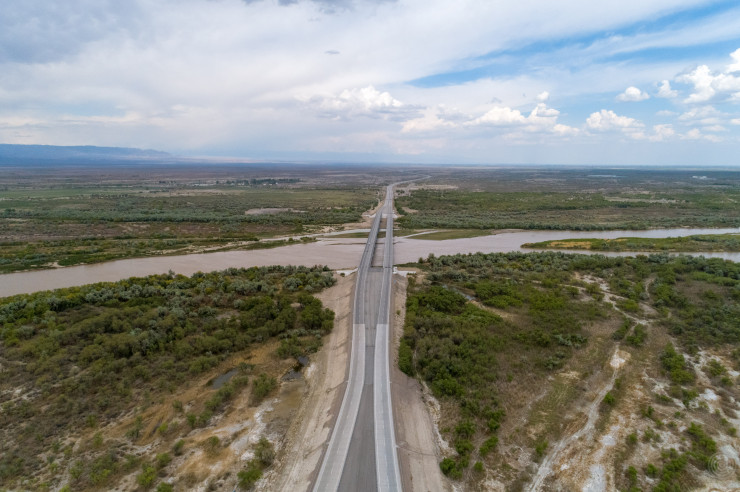
But, according to the photographer, if you are planning a trip to Zharkent, you can quite fit in a single weekend. And believe me, it will be the perfect trip for photo hunting.
“In fact, you can do everything in a day, but I would recommend going for two – in order to enjoy all the points with feeling and arrangement. There are several modern and cozy hotels in Zharkent itself. I advise you to go according to the following program: Almaty – Red Mountains – Zharkent – Aulie Agash – poplar (or ash) grove – Almaty. The bonus is juicy kebabs on the central streets, hoteliers with a very democratic price tag, delicious air and only Chinese radio on all waves,” says Fedorov.
The main objects to visit in Zharkent are three cultural centers. The first is the Zharkent Mosque (Khon Peak Museum), a museum complex of architecture and arts, built in 1895 at the expense of merchant Valiakhun Yuldashev, designed by the Chinese architect Khon Peak. At the request of Yuldashev, the mosque with a minaret 19 meters high was built in the Chinese style, and this stands out among the architecture of the region. Beautiful wooden carvings, 52 columns of Tian Shan firs made without a single nail, polychrome painting in rich colors (in the interior ornaments there are plant motifs, Arabic script, elements of Uighur ornament, as well as images of real and fantastic birds, fish and animals) – all this is not only very spectacular, but also photogenic. Especially if you remember that during the years of Soviet power, the historical mosque building, like many others across the vast country, was used for other purposes at all: first there were warehouses and a granary, then a barracks for border guards, and also a cinema and a teahouse. Fortunately, in 1969 it was decided to revive the temple, the restoration ended with the creation of an unusual museum for that time.
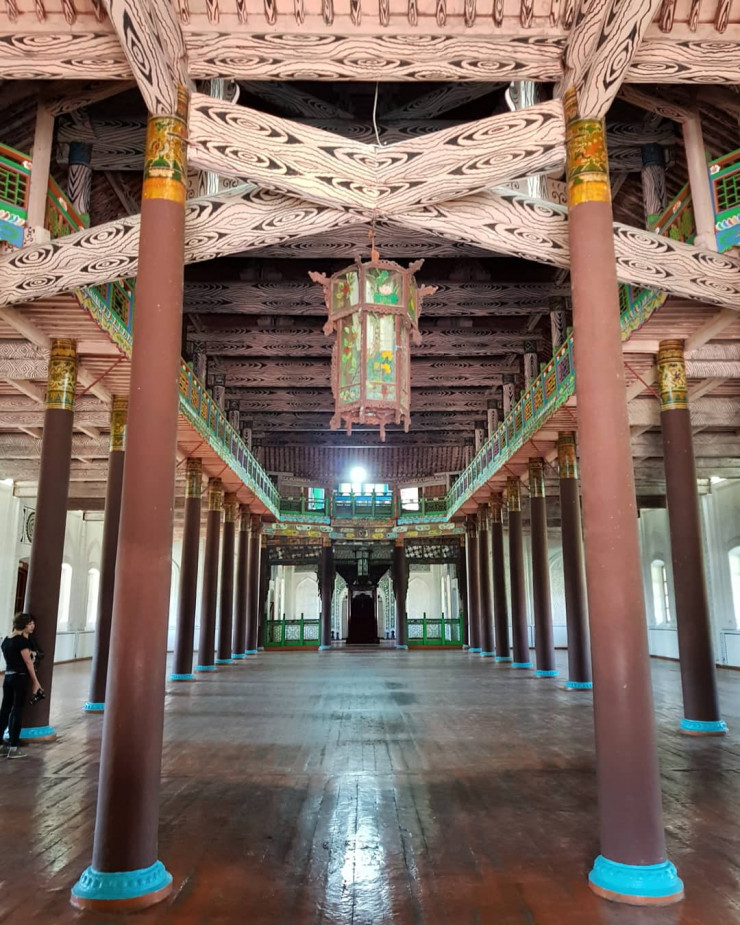
The second mandatory point – the Kasteev Museum in the very center of Zharkent – is located a ten-minute walk from Hong Peak. The gallery, opened in 2004, is located in a historic building of the XIX century and is named after the famous Kazakh artist of Kazakhstan Abylkhan Kasteev, who was born on the territory of the current Panfilov district and lived in Zharkent for a long time.
The third point is the temple of the Prophet Elijah, built by the Cossacks in 1892 on charitable donations and very reminiscent of the Ascension Cathedral. The building is built of Tien Shan spruce and stands on a brick-lime foundation – as you can see, these materials allow you to build literally for centuries. This was proved by the devastating 12-point earthquake of 1910, from which the temple, thanks to its architectural design, was not affected. Bright domes, white walls, wooden turrets and a lot of external decorations preserve a lot of Orthodox shrines inside themselves, among which, for example, the ancient image of the Mother of God, revered by believers, “Joy of All Who Mourn,” as well as fragments of the relics of the Optina elders and many other martyrs.
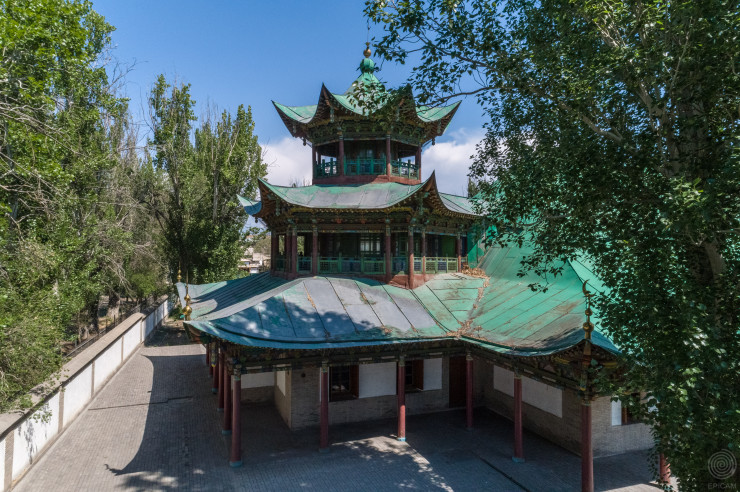
“I have long dreamed of seeing a mosque in Zharkent,” Pavel continues to talk about the trip. – One of the most interesting and beautiful historical buildings in Kazakhstan. In general, that region is rich in sights – the mosque itself, a hundred-year-old Cossack wooden church next door, an ancient bazaar and, of course, the sacred Aulie Agash tree – a 700-year-old elm. Just imagine a tree with a girth of 6.5 meters! That is, if you are over 30, you don’t have enough friends to embrace him in an unbroken round dance – they say you need to gather at least six for this. Unfortunately, the radical hooligans tried to burn the tree, but everything went well – it literally went out and it continues to grow.”
On his trips, Pavel Fedorov and his comrades always try to collect garbage – not only for themselves, but also in principle around them. For this company to come and clear some pretty clearing from cans and bags is a common thing. But in Zharkent, this habit, to everyone’s surprise, was not needed – it is practically sterile there, and not only on the central streets.
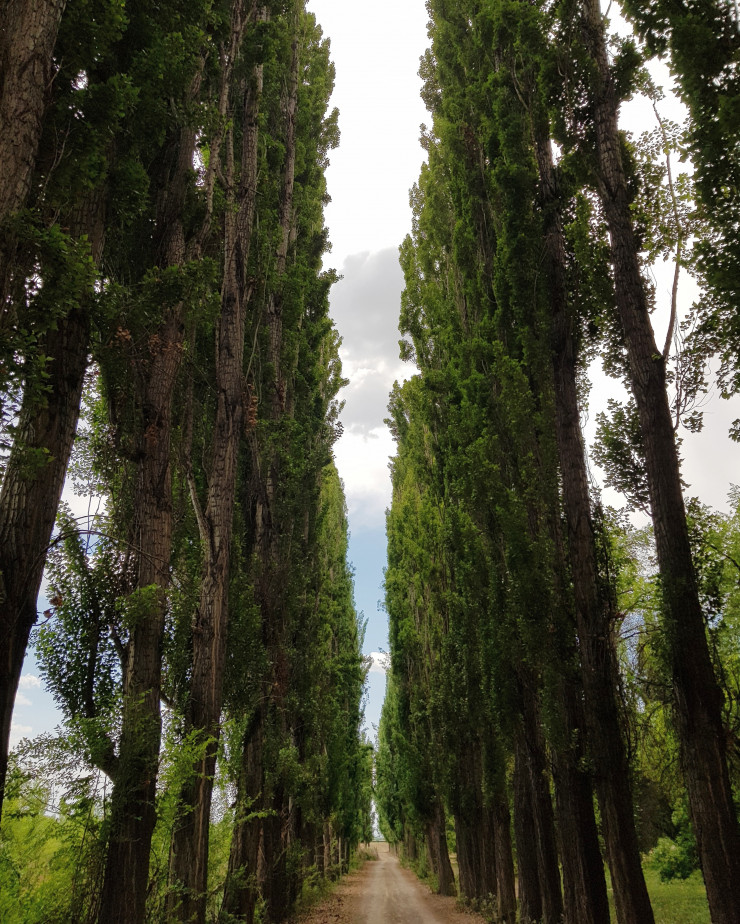
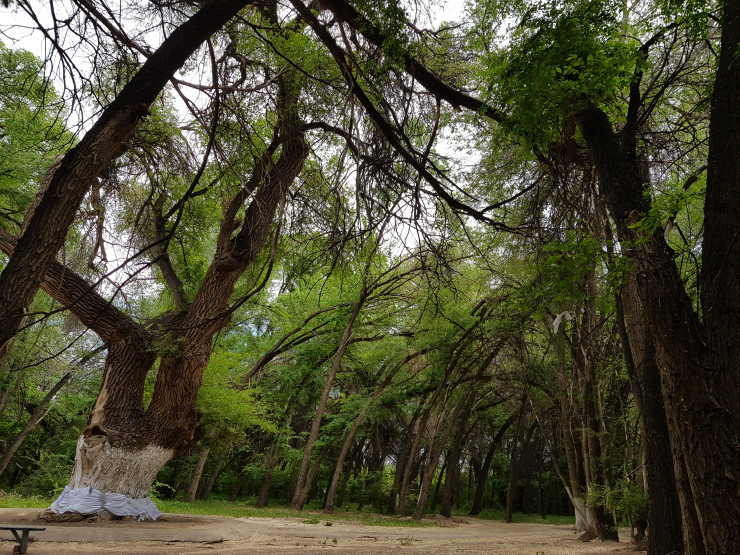
“I am pleased not only with the cleanliness of this place – I like that the tourist infrastructure is gradually developing, and I would like the culture to keep up too. I think that the people who develop it should be fully involved in the tourism process or, even better, be tourists themselves. I don’t want to offend anyone, but I’m sure if any Minister of Tourism visits any popular tourist site incognito, he will most likely be greatly and unpleasantly surprised. And so – our potential is crazy and the region is unique. Travel. Take pictures. Clean up the garbage,” concludes Pavel Fedorov.
